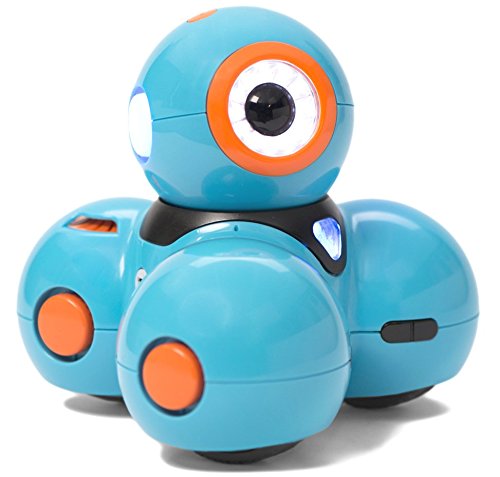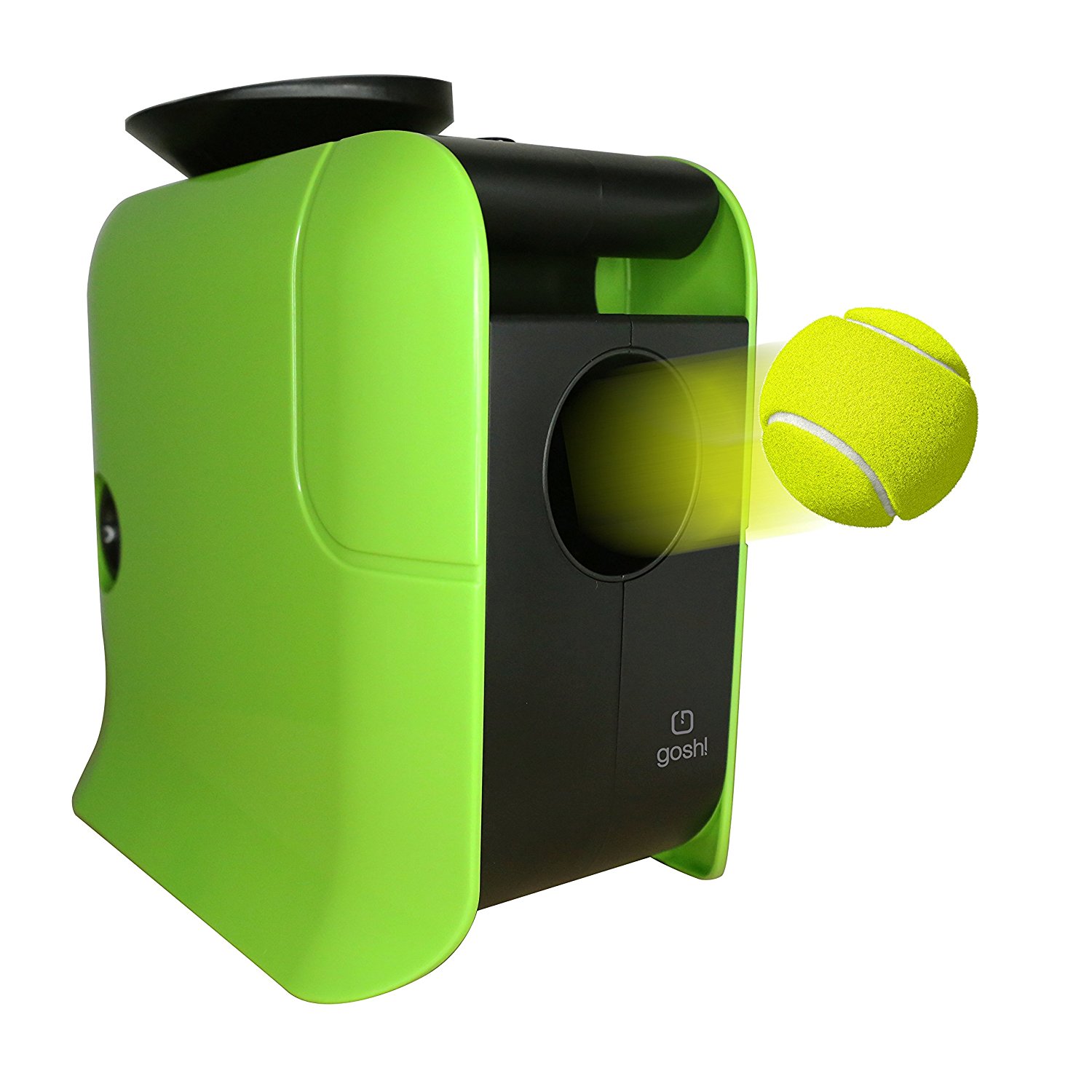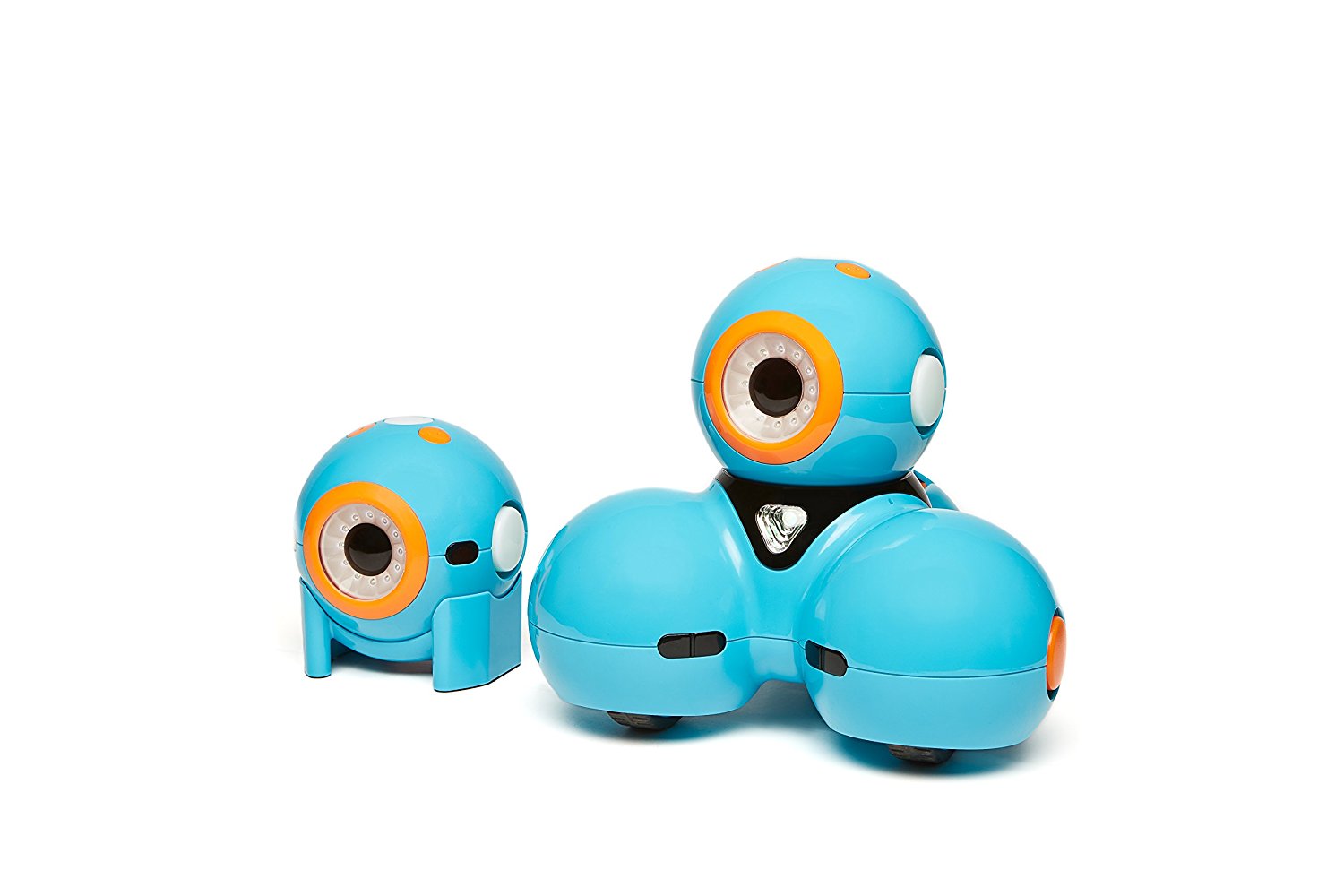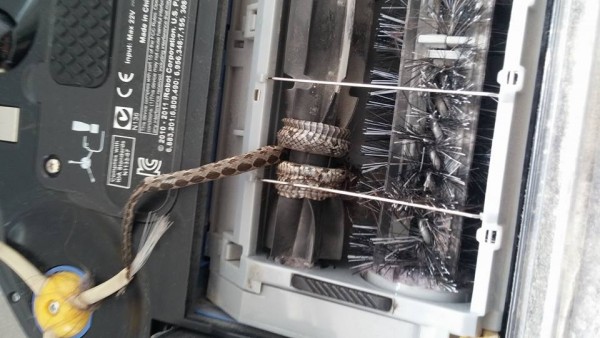Earlier last year, researchers from FORTH (Foundation for Research and Technology-Hellas) played with the idea of a robotic octopus that could do more than just swim. The crawling robot octopus has just received an update, and the new version is much faster than its predecessor.
The Multi-arm Robotic Swimming With Octopus-Inspired Compliant Web was showcased last week by FORTH’s Michael Sfakiotakis, Asimina Kazakidi, Avgousta Chatzidaki, Theodoros Evdaimon, and Dimitris P. Tsakiris at the IEEE IROS (International Conference on Intelligent Robots and Systems) 2014 in Chicago. While not the first robot inspired from the animal world, nor the first to draw inspiration from aquatic life, this cold-metal octopus is a great example of what sort of things might populate our seas and oceans if we keep throwing garbage and spilling oil in them.
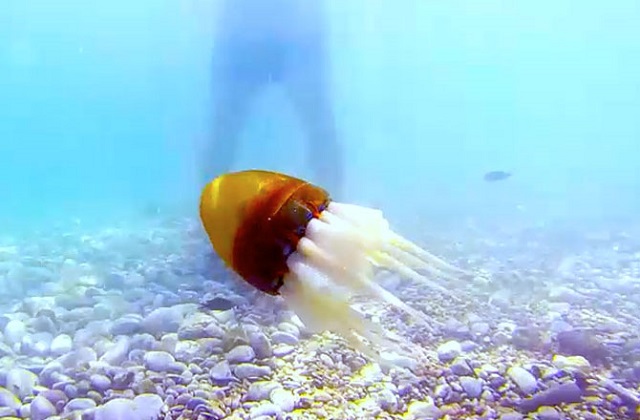
The new version sports a feature that biological octopi base their propulsion upon. The researchers concluded that adding a web between the tentacles could boost not only the speed, but also the efficiency of the robotic octopus. The newly added soft and squishy silicone web was so effective that it almost doubled the speed of the robot.
More precisely, the robot octopus went from 100mm a second when using just its flexible arms to 180mm a second with the silicone web. The web also improved the efficiency of the robot, which means that it now requires less energy than before to travel the same distance. More precisely, the CoT (cost of transport) went from 0.85 to 0.62.
Scientists are hard to satisfy, and FORTH’s researchers are firm proof of that. The silicone web and the speed boost were obviously not enough for them, so they proceeded to adapting the roboctopus to various environments and conditions. More precisely, it can now crawl and carry objects (well, not heavy ones, obviously), and the researchers were even kind enough to let it swim in the Aegean Sea, under supervision.
In the above video you can even see the robotic octopus as it is being followed by fish while swimming in the sea. This suggests that the robot could be equipped with cameras to record the aquatic life without disturbing it. That’s pretty neat, but I hope there will be some ocean life left to observe in the future, if we don’t destroy it altogether.
Be social! Follow Walyou on Facebook and Twitter, and read more related stories about the TROBO plush toy robot and MIT’s robotic cheetah.


